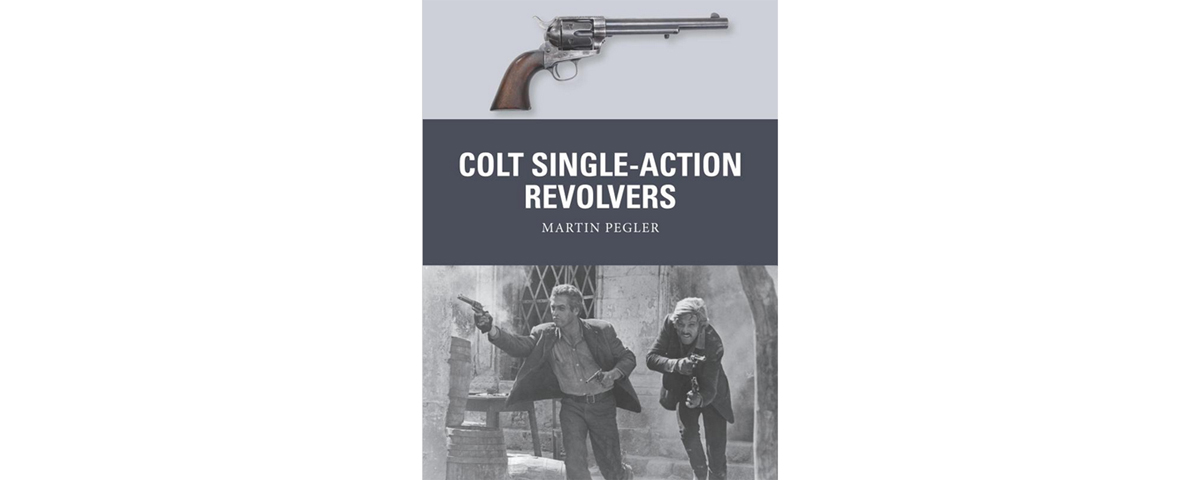Colt Single-Action Revolvers, by Martin Pegler, Osprey Publishing, Oxford, U.K., 2017, $20
Samuel Colt did not invent the revolver, but after some 200 years of development his Paterson revolver of 1836 started a revolution in repeating firearms. It also sired a succession of famous weapons that made a profound impression from the Alamo to the Philippines. And amid that worldwide activity a series of iconic Colts, ranging in caliber from .36 to .45, found their way into civilian hands on the American frontier to create a new protagonist—the pistoleer or gunfighter, working both sides of the law.
Although he was senior curator of firearms at the Royal Armouries Museum in Leeds, England, Martin Pegler has fired his share of Colts and combines that with his historical background to cover their saga in Colt Single-Action Revolvers, No. 52 in Osprey’s Weapon series. From its ancestry the author delves into the gun’s anatomy, describes the innovations and limitations of loading and using a cap-and-ball revolver (convenient to fire, a chore to reload and clean) and presents contemporary recollections on their use. Illustrations by Mark Stacey and Alan Gilliland supplement a variety of photographs, identifying the type in the hands of such celebrities as James Butler “Wild Bill” Hickok and Geronimo.
Coexisting with these pistoleers (for whom the author takes pains to separate reality from Ned Buntline exaggeration) are Colt-toting film stars who have kept the revolver’s memory alive, such as Paul Newman and Robert Redford in Butch Cassidy and the Sundance Kid and Clint Eastwood in The Outlaw Josey Wales. Arguably making the most effective impression on film, however, was Justus D. Barnes in the 1903 silent Western The Great Train Robbery, as he leveled his Colt .45 at the audience and fired, causing many theatergoers to dive for the floor in panic. In sum, Colt Single-Action Revolvers does ample justice to a historic firearm that still sees private use today.
—Jon Guttman





